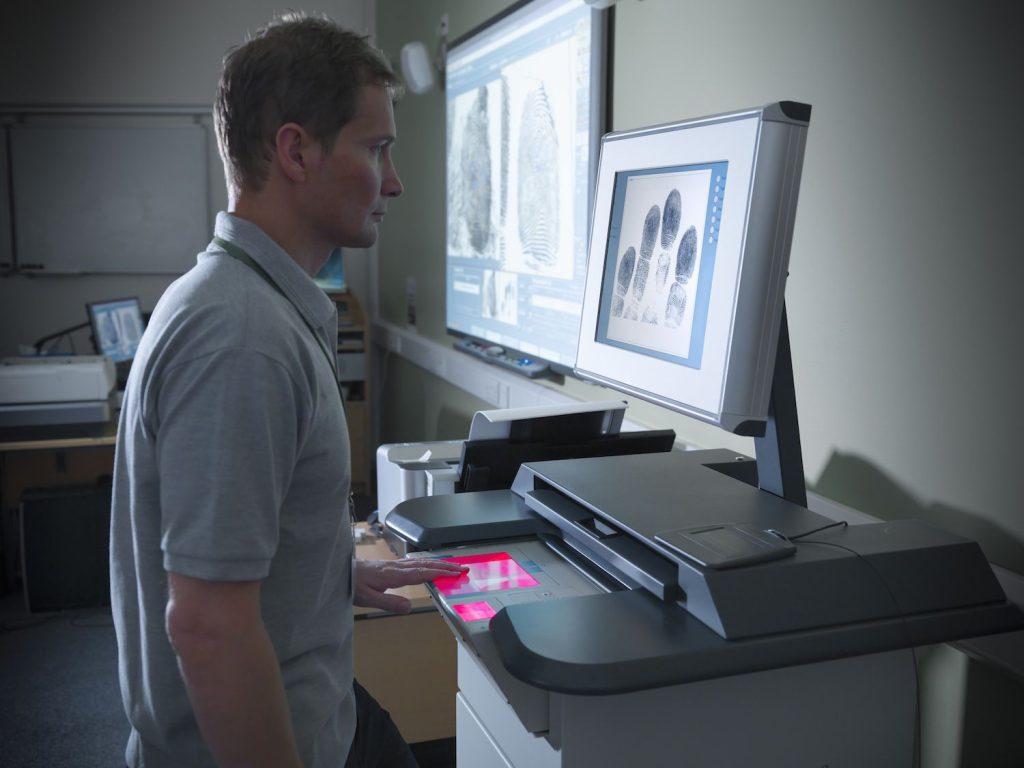Over the past few decades, scientific advancements have changed the way criminal investigations are carried out. Among the most powerful tools available today is DNA fingerprinting, sometimes referred to as DNA profiling. It has become a cornerstone of modern forensic science, shaping how cases are investigated, prosecuted, and defended in court. For anyone facing criminal charges, understanding what DNA fingerprinting is—and what it can and cannot prove—is essential.
The Science Behind DNA Fingerprinting
DNA, or deoxyribonucleic acid, is the genetic code unique to every individual (with the exception of identical twins). By analyzing specific regions of a person’s DNA, scientists can create a profile that is as individual as a fingerprint. This process, known as DNA fingerprinting, involves collecting biological samples such as blood, hair, skin cells, or saliva and then comparing the genetic patterns with those found at a crime scene.

How It Is Used in Criminal Cases
In criminal law, DNA evidence is often presented as a way to link a suspect to a crime. For example, DNA collected from a weapon, clothing, or location can be compared with a suspect’s profile. A close match may suggest that the person was present or had contact with the evidence. DNA fingerprinting has been instrumental in solving serious crimes such as homicides, assaults, and sexual offenses.
At the same time, DNA fingerprinting has also helped prove innocence. Across the United States, hundreds of individuals have been exonerated after DNA testing revealed they were wrongly convicted. In this way, DNA profiling has become a double-edged sword—capable of both implicating and protecting individuals in the justice system.
Limitations and Challenges
Although DNA fingerprinting is highly reliable, it is not infallible. Mistakes can occur during evidence collection, lab testing, or analysis. Cross-contamination of samples, improper storage, or human error in interpreting results can all lead to flawed conclusions. Moreover, DNA can sometimes only show that a person was present at a location, not whether they committed a crime.
This is where skilled legal representation becomes crucial. An experienced criminal defense attorney understands how to challenge DNA evidence in court. By questioning the chain of custody, lab procedures, or the interpretation of results, attorneys can reveal weaknesses that may change the outcome of a case.
Why It Matters for Defendants
For defendants in Hackensack and across New Jersey, DNA fingerprinting can play a major role in their case. Prosecutors often rely heavily on scientific evidence, believing that juries view DNA as nearly undeniable proof. However, the reality is more complex. A defense attorney’s role is to ensure that this powerful evidence is properly examined, challenged when necessary, and placed in the right legal context.
DNA fingerprinting is one of the most significant advancements in modern forensic science. It has revolutionized how crimes are investigated and solved, while also serving as a tool to correct past injustices. But like any scientific method, it is not immune to error. For those facing criminal charges, understanding DNA evidence is only half the battle. Having a trusted criminal defense attorney by your side ensures that such evidence is properly scrutinized and that your rights are fully protected in the courtroom.
